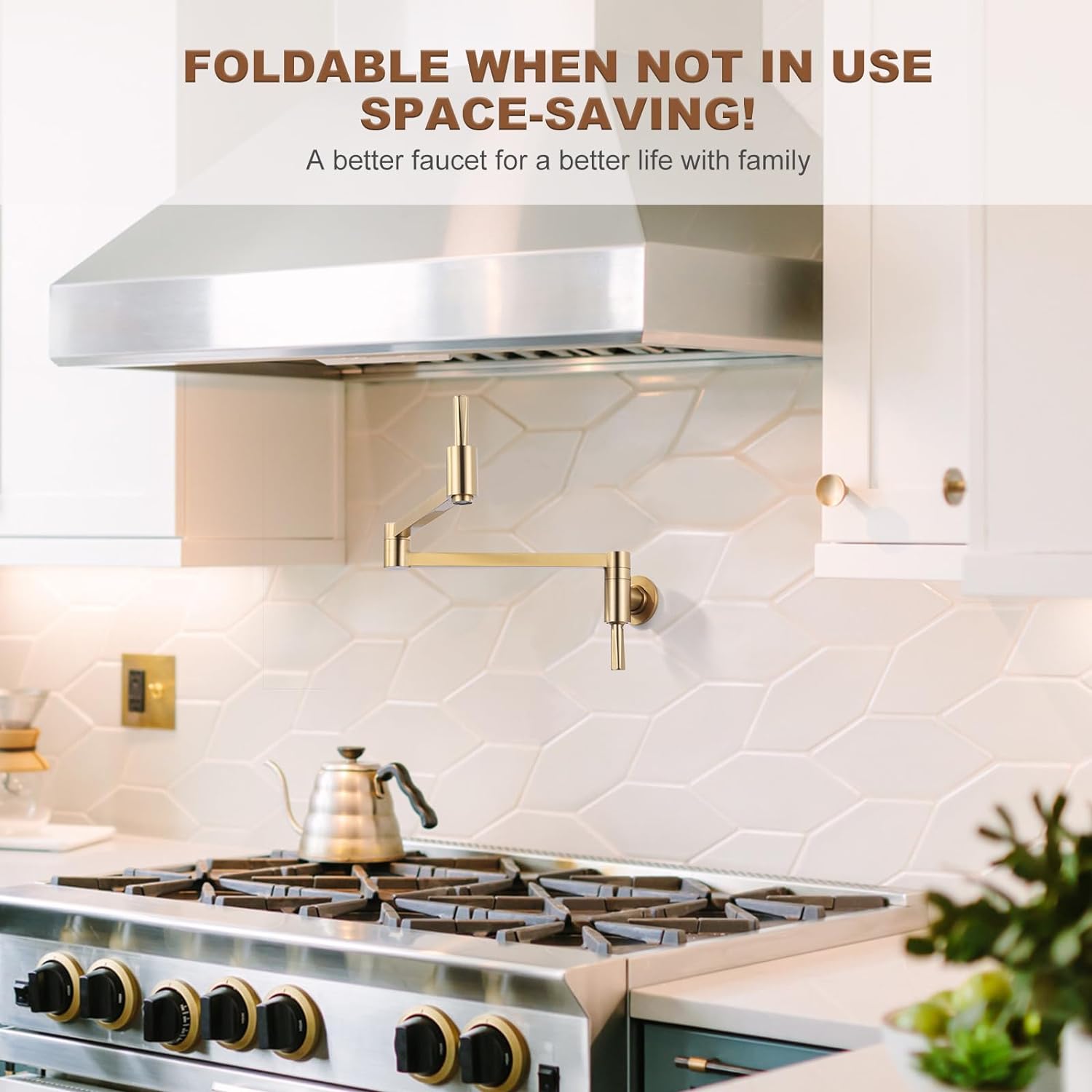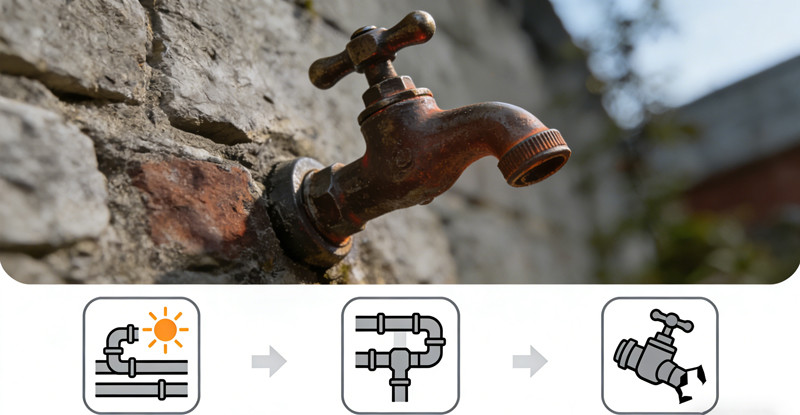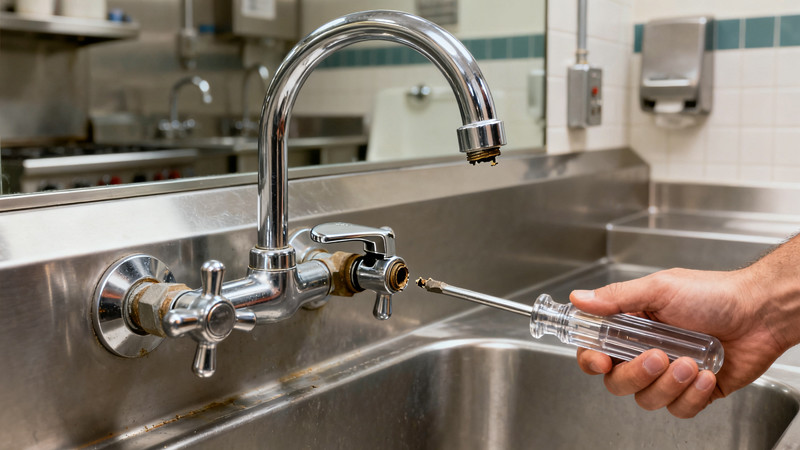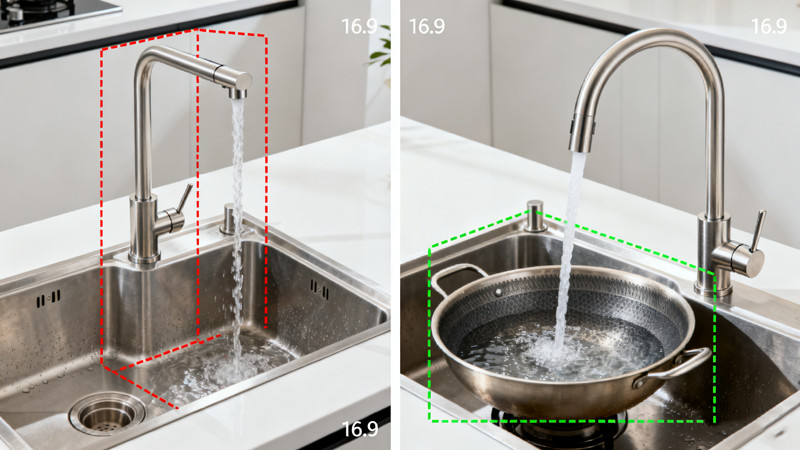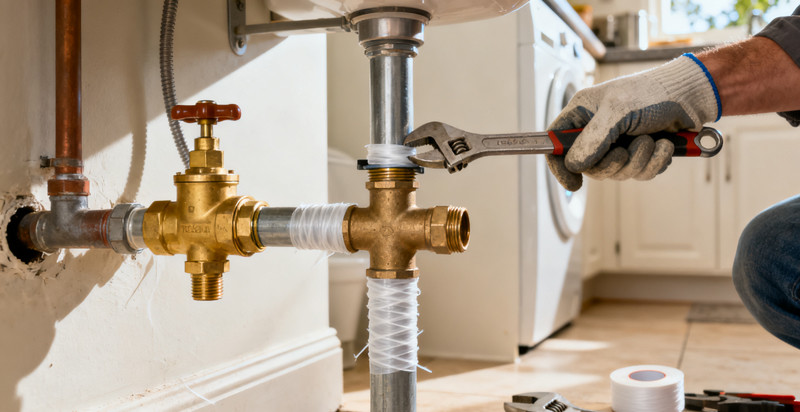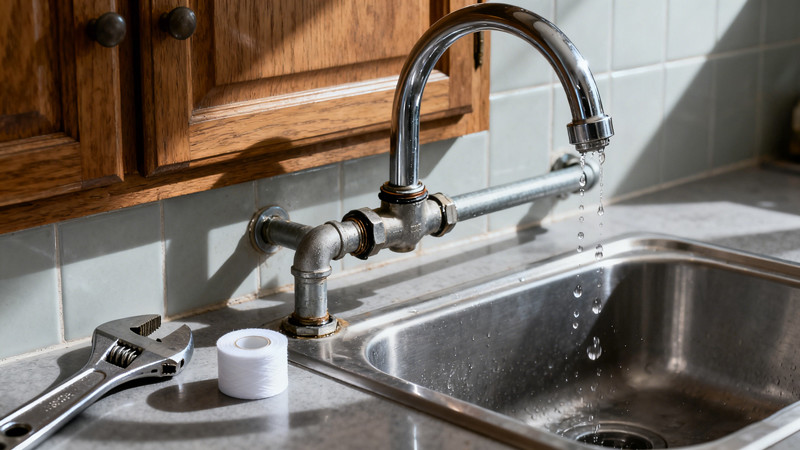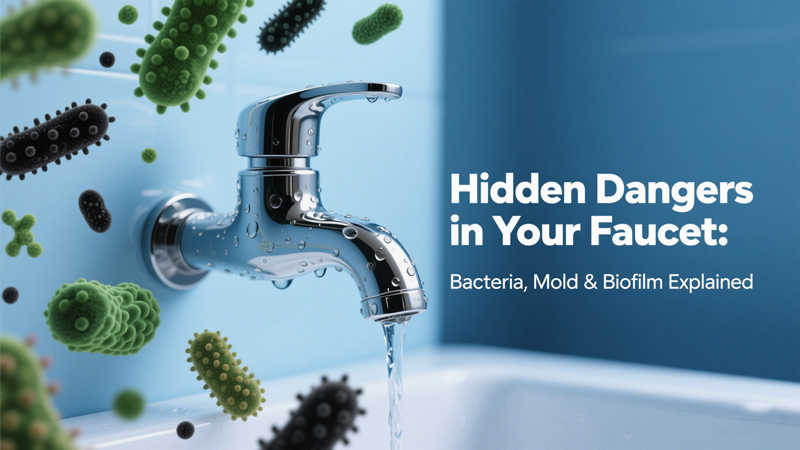
When you turn on your faucet, clear, clean water flows out—or at least, that’s what we expect. But behind the scenes, inside that shiny fixture, a hidden world may be thriving. Faucets, especially when neglected, can become breeding grounds for bacteria, mold, and even biofilm. What exactly grows inside a dirty faucet, and what risks does it pose? Let’s turn the handle on the truth.
The Hidden Side of Your Faucet
Most of us don’t think twice about the inside of our faucets. They look clean on the outside, they deliver water on demand, and as long as there are no leaks or strange noises, we assume everything’s fine.
However, the interior of a faucet is a dark, damp environment—ideal conditions for microbial growth. Faucets can harbor colonies of microorganisms, particularly in the aerator (that little mesh screen where the water exits), inside valves, and in pipes leading directly to the faucet head.
What Kind of Microorganisms Are We Talking About?
1. Bacteria
Several types of bacteria are commonly found in dirty faucets, especially when cleaning and maintenance are infrequent.
- Legionella: This potentially deadly bacterium causes Legionnaires’ disease, a severe form of pneumonia. It thrives in warm, stagnant water and is often found in faucets, showerheads, and water heaters that aren’t regularly flushed or cleaned.
- Pseudomonas aeruginosa: This bacteria is resistant to many antibiotics and is particularly dangerous for people with weakened immune systems. It can live in faucet aerators and produce biofilms that make it hard to remove.
- E. coli: While less common in indoor plumbing, it can be found if faucets are contaminated by external sources, like a compromised water supply or backflow incidents.
- Staphylococcus aureus: Typically found on skin, this bacteria can colonize faucet handles and aerators through regular contact, especially in shared bathrooms or kitchens.
2. Mold and Mildew
Mold spores are virtually everywhere, but a damp faucet provides the moisture they need to grow. Black mildew or mold may begin forming on the underside of the faucet or around the base where water pools. Though not always visible, these fungi can cause respiratory problems and allergic reactions, especially in sensitive individuals.
3. Biofilm
One of the most concerning elements found in dirty faucets is biofilm. This is a slimy layer of microorganisms that cling to surfaces inside the faucet and pipes. Biofilm is incredibly resilient and can protect harmful bacteria from cleaning agents and even chlorine in treated water.
Once biofilm forms, it can serve as a launching pad for further bacterial growth. Even flushing hot water or chemical cleaners may not be enough to fully remove it without disassembling the faucet or replacing components.
How Does This Happen?
You might wonder how a faucet, which constantly dispenses water, can become so contaminated. Isn’t water cleaning it out?
Not quite.
When water sits idle in the faucet—especially in warm conditions—it creates the perfect environment for microbial growth. This is particularly common in:
- Guest bathrooms that don’t get used often
- Outdoor or seasonal faucets left dormant for months
- Hospital and nursing home settings with complex plumbing systems
- Older faucets with corroded or porous parts
Also, if the aerator becomes clogged with minerals (from hard water), it traps organic particles and slows the flow of water, increasing the likelihood of contamination.
Health Risks to Be Aware Of
For healthy individuals, the risk of serious illness from faucet bacteria is relatively low. However, there are real concerns:
- Inhalation risks: With bacteria like Legionella, danger arises not from drinking but from inhaling mist or vapor from contaminated water—like when washing hands or brushing teeth.
- Skin infections: Cuts or open wounds exposed to contaminated water can become infected, especially with Pseudomonas or Staph.
- Vulnerable populations: The elderly, children, and immunocompromised individuals are at significantly higher risk from even common faucet contaminants.
How to Know If Your Faucet Is Dirty
The inside of a faucet can be hard to inspect directly, but warning signs may include:
- Reduced water flow
- Black or green discoloration around the faucet head
- Musty or foul odors
- Visible mold or slime
- Irregular water temperature or spurting
If any of these signs are present, it’s time to act.
Cleaning and Prevention Tips
Keeping your faucet clean doesn’t require a degree in plumbing. Here’s what you can do:
1. Clean the Aerator Monthly
Unscrew the aerator and soak it in white vinegar for 15–30 minutes. Scrub away any buildup and rinse thoroughly before reinstalling.
2. Run Hot Water Regularly
If you have faucets that go unused for days or weeks, run hot water through them for 1–2 minutes weekly to flush out stagnant water.
3. Disinfect Handles and Base
Use a disinfectant wipe or mild bleach solution to clean faucet handles, especially in bathrooms and kitchens.
4. Install a Faucet Filter
Filters with anti-bacterial properties can trap harmful pathogens before they reach you.
5. Replace Old Faucets
If your faucet is over 10 years old, or if parts are corroded or impossible to clean, replacement may be the safest option.
Final Thoughts
A faucet may look clean on the outside, but without regular maintenance, it can become a host for unwanted microorganisms. While the risk to healthy adults may be minimal, the presence of bacteria, mold, and biofilm inside your faucet shouldn’t be ignored.
Routine cleaning, regular use, and some basic hygiene can go a long way toward ensuring that the water you use every day is safe, fresh, and truly clean—from the inside out.
 WOWOW Faucets
WOWOW Faucets